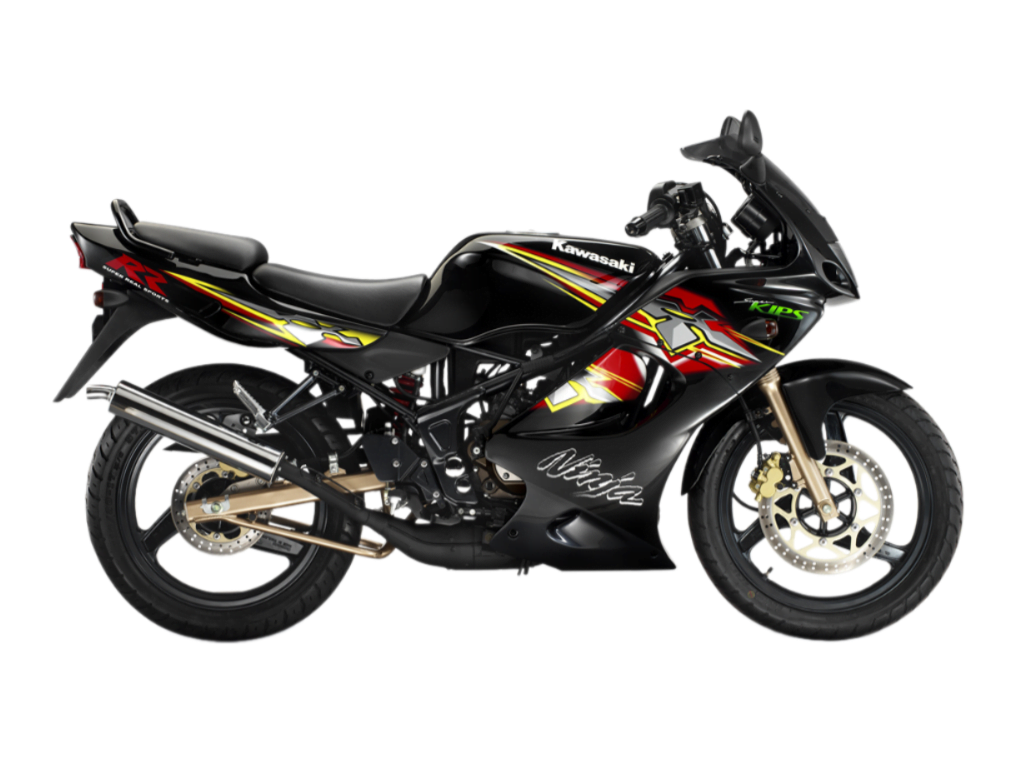1. Introduction to the Kawasaki Ninja 500
The Kawasaki Ninja 500 is a well-regarded motorcycle known for its blend of performance, style, and practicality. Introduced in the 1990s, it quickly became a popular choice among both new and experienced riders. With its sporty design and reliable engine, the Ninja 500 earned a solid reputation in the world of motorcycling.
2. The Birth of the Ninja 500
The Kawasaki Ninja 500, also known as the EX500, was launched in 1994. It was designed to be an entry-level sportbike that offered a good mix of power and handling. Its introduction filled a niche in the market for riders who wanted a bike that was both fun and manageable.
3. Engine and Performance
Underneath its sleek body, the Ninja 500 featured a 491cc, liquid-cooled, parallel-twin engine. This engine provided a smooth and responsive ride. With around 60 horsepower, the Ninja 500 was capable of reaching speeds that satisfied both daily commuters and weekend thrill-seekers.
4. Design and Styling
The Ninja 500 stood out with its sporty and aggressive styling. Its aerodynamic design, sharp lines, and distinctive Ninja branding made it look fast even when it was parked. The bike’s compact size and lightweight frame also contributed to its nimble handling and overall agility.
5. Features for the Rider
The Ninja 500 was equipped with features designed for comfort and convenience. It had a comfortable seat that allowed for longer rides without causing discomfort. Additionally, the bike came with a user-friendly dashboard that displayed essential information clearly and effectively.
6. Handling and Ride Quality
One of the key strengths of the Ninja 500 was its handling. The bike’s lightweight construction and well-balanced design made it easy to maneuver, especially for newer riders. The responsive suspension system provided a smooth and controlled ride, whether navigating city streets or open highways.
7. The Ninja 500’s Popularity
The Ninja 500 quickly became a favorite among riders for its reliable performance and reasonable price. It was particularly popular with those looking for a sporty bike that was also practical for everyday use. Its reputation for durability and ease of maintenance further contributed to its success.
8. Legacy and Impact
Even after it was discontinued in the early 2000s, the Ninja 500 left a lasting impact on the motorcycling world. It became a beloved model among motorcycle enthusiasts and remains a sought-after bike for collectors and vintage bike fans. Its blend of performance and practicality set a standard for entry-level sportbikes.
9. The End of Production
Production of the Ninja 500 ended in 2008, as Kawasaki shifted its focus to newer models. Despite its discontinuation, the Ninja 500’s legacy continues to influence the design of modern sportbikes. Its balanced approach to performance and usability has made it a benchmark in its class.
10. Finding and Owning a Ninja 500
For those interested in owning a Ninja 500 today, it’s important to look for well-maintained examples. Many riders and collectors value these bikes for their classic appeal and solid performance. Restoring or maintaining a Ninja 500 can be a rewarding experience for motorcycle enthusiasts who appreciate its history and engineering.
In summary, the Kawasaki Ninja 500 is a standout model in the world of sportbikes. Its combination of performance, design, and practicality has ensured its place in motorcycle history, making it a cherished choice for many riders.



